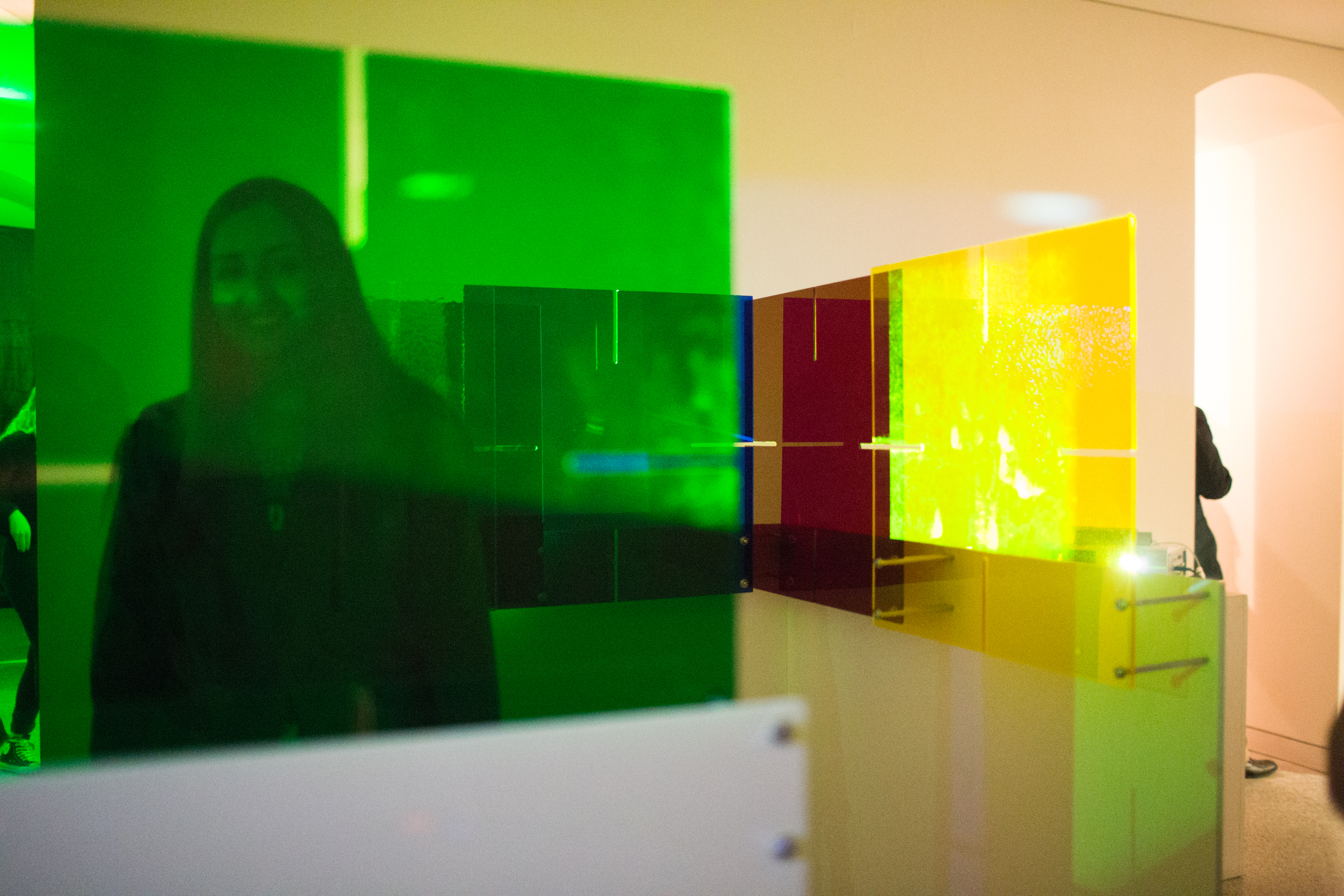
Embodying Space/Time
There is no such thing as a purely visual experience. It is impossible for a human, a being of volume and constantly in motion, to view space objectively through a single place, without embodiment, and without experiencing stimulation of the other four senses. My project aims to broaden the horizons of the field of Visual Studies. While it is imperative to understand vision from the perspectives of cognitive science, psychology, philosophy, art history and from our own art-making experiences, this field of study still remains myopic. That is to say, Visual Studies only encompasses one aspect of the human experience: the sense of sight (and, of course, all of its physiological, psychological, and cultural components). While the field of “Experiential Studies“ would be futile to explore in it entirety, my project provides an experience of a visual study re-united with other senses, distilled into a discourse on architecture. In short, I explore the premise of four-dimensionality in architecture, in human nature, and in the relationship between the two.
The four dimensions of space (height, width, and depth) and time are found both intrinsically to the human experience. Excluding human perspective, architecture is temporal simply because it exists in the world. External environmental factors are constant and unavoidable. A building does not sustain itself in a single time of day, but rather with a range of hues from diverse light sources that vary between hours of a day and between months, years, decades, and infinitely far. To understand the relationship between four dimensional architecture and the four dimensional human exprience, Sigfried Giedion claimed that the best simulation was film. While film encompasses a temporal quality that photography never could before it, the moving image merely belongs to a picture plane and still leaves the experience of architecture as a myopic one. Ultimately, the only way to truly experience the four dimensionality of space is through embodiment—a sense that includes not only the visual system but hearing, touch, and all other senses.
Sector C: Art Practice and TechnologyAdvisers: Lothar Haselberger (ARTH) | Daniel Snelson (ENGL)

 Visual Studies
Visual Studies